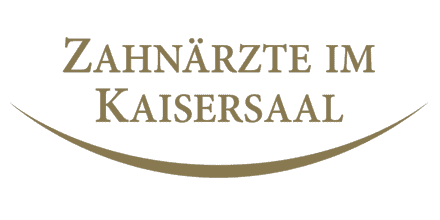Do you have TMJ? Test Yourself
The temporomandibular joint connects the lower jaw and the lower part of the skull. It is located in front of the ear and on both sides of the head. This joint is very important because it allows speaking and chewing. A temporomandibular disorder occurs if there is a dysfunction of the jaw tissue or the joint disc.
Many people suffer from TMJ disorder but are not aware of it. It occurs because the masticatory apparatus has a certain capacity to adapt to asymmetries. However, facial pain, headache, or neck tension appears when the adaptation limit is exceeded. To find out if you are affected, it is possible to perform a TMJ self-test. For a more accurate diagnosis, it is necessary to visit a dentist.
Some self-tests that may be helpful:
Shoulder alignment test
- Stand in front of a mirror with your feet shoulder-width apart.
- Close your eyes and turn your head once to the left and once to the right as quickly as you can. Then move your head up and down.
- Open your eyes, look in the mirror and observe your shoulders.
Is one shoulder lower than the other?
Symptoms such as jaw muscle tension are especially pronounced in people with shoulder asymmetry [1]. In addition, significant associations have been observed between shoulder asymmetry and temporomandibular dysfunction.
Neck mobility test
- Stand in front of a mirror.
- Try to touch your left shoulder with your left ear and then repeat with your right shoulder.
- Then look straight ahead and turn your head as far as possible to the left and now to the right. Now look up and then down at your feet.
Do you feel pain or stiffness in your neck?
Patients with temporomandibular dysfunction are more likely to have pain or tightness in the cervical spine (neck) [2].
Temporomandibular joint check
- Place a finger on the temporomandibular joint (the large joint just in front of the ear).
- Open your jaw slightly while keeping your finger on the joint.
- Open your jaw wide until you feel the joint move.
Do you feel a crunching or rubbing noise?
Many patients with temporomandibular dysfunction feel or hear a crunching sound in the jaw joint when they open or close their mouth. It may be due to a dislocation of the internal temporomandibular joint (TMJ) [3].
Bite check
- Bring the upper and lower teeth together.
- Check how much the upper teeth protrude from the lower teeth or vice versa.
Do the upper teeth protrude forward, or do the lower teeth protrude?
Asymmetric occlusion is especially common in patients with temporomandibular dysfunction [4]. Although an “incorrect bite” is not a direct cause of TMJ, its correction should be considered to improve overall symptoms.
A TMJ self-test only provides indications. In any case, an accurate diagnosis by a specialized dentist is required.
Reference List
[1] Fuentes, R., Freesmeyer, W., & Henríquez, J. (1999). Influence of body posture in the prevalence of craniomandibular dysfunction. Revista médica de Chile, 127(9), 1079–1085.
[2] Visscher, C. M., Lobbezoo, F., de Boer, W., van der Zaag, J., & Naeije, M. (2001). Prevalence of cervical spinal pain in craniomandibular pain patients. European journal of oral sciences, 109(2), 76–80. https://pubmed.ncbi.nlm.nih.gov/11347659/
[3] Gauer, R.L & Semidey, M.J (2015). Diagnosis and Treatment of Temporomandibular Disorders. Am Fam Physician, 91(6), 378-386
[4] Dzingutė, A., Pileičikienė, G., Baltrušaitytė, A., & Skirbutis, G. (2017). Evaluation of the relationship between the occlusion parameters and symptoms of the temporomandibular joint disorder. Acta medica Lituanica, 24(3), 167–175. https://doi.org/10.6001/actamedica.v24i3.3551

